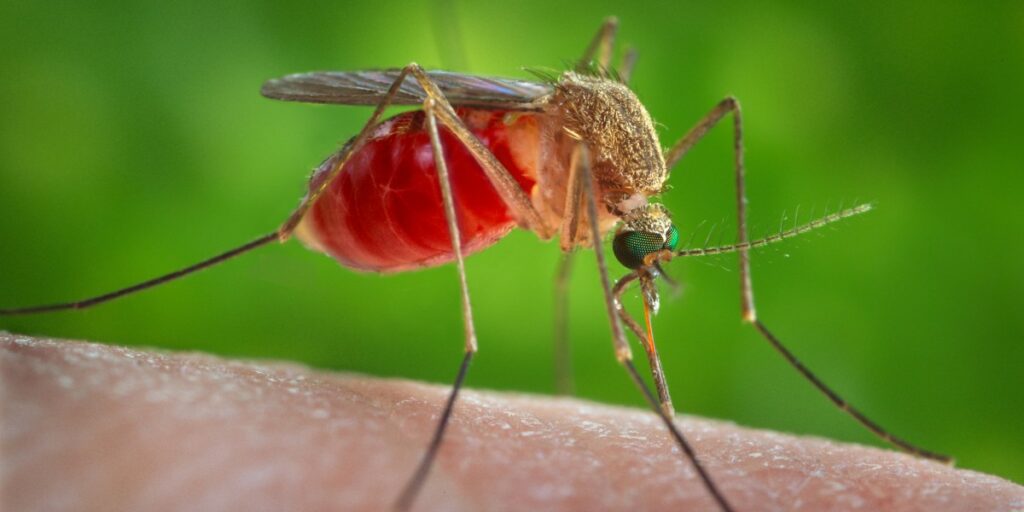It may also be causing more severe disease. People with Oropouche fever typically have a sudden fever, aches and pains, and nausea. Most cases are mild, but some people have developed encephalitis and meningitis. And this year, two otherwise healthy young women who caught the virus have died.
Oropouche can be passed from mother to fetus, and it has been linked to stillbirths and birth anomalies. There are no treatments. There are no vaccines, either. This week, let’s take a look at why Oropouche is spreading, and what we can do about it.
Oropouche virus was first identified in 1955, in a person and a pool of mosquitoes from the village of Vega de Oropouche in Trinidad and Tobago. It was found in a sloth in Brazil in 1960. Since then, there have been over 30 outbreaks—in those countries as well as Peru, Panama, Colombia, French Guiana, and Venezuela. At least 500,000 cases have been reported in South America, largely in areas close to forest.
That’s probably because of the way the virus is transmitted. Oropouche virus is thought to be carried by some populations of sloths, and potentially some nonhuman primates. These animals can host the virus, which can then spread to people via insect bites, usually from midges or some types of mosquitoes.
Since late 2023, outbreaks have been reported in a number of countries in South America, Central America, and the Caribbean, including Cuba, a first for the country.
There has been an especially large surge of cases in Brazil. Since the beginning of this year, 10,275 cases of Oropouche have been confirmed in the Americas, according to a situation summary report published by the Pan American Health Organization (PAHO) earlier this week. And 8,258 of them were in Brazil. Travelers have also imported cases to the US and Europe for the first time—90 such cases have been reported in the US, and 30 in Europe.
Another change is that this time around, the virus has been infecting people in urban settings far from forests. It is not entirely clear why, but there are probably a few reasons. Climate change, for a start, has led to increased temperatures and rainfall, both of which can help create breeding grounds for the insects that transmit the virus. And deforestation and urbanization, both of which have caused people to encroach on the habitats of wild animals, have also raised the risk of transmission to people, says Ana Pereiro do Vale, a veterinarian and microbiologist at University College Dublin in Ireland.
Source link : http://www.bing.com/news/apiclick.aspx?ref=FexRss&aid=&tid=671223cdecc241b2ab88a3912cfe9eb0&url=https%3A%2F%2Fwww.technologyreview.com%2F2024%2F10%2F18%2F1105829%2Foropouche-virus-spreading-heres-what-we-know%2F&c=6698569939775362139&mkt=en-us
Author :
Publish date : 2024-10-17 13:00:00
Copyright for syndicated content belongs to the linked Source.
